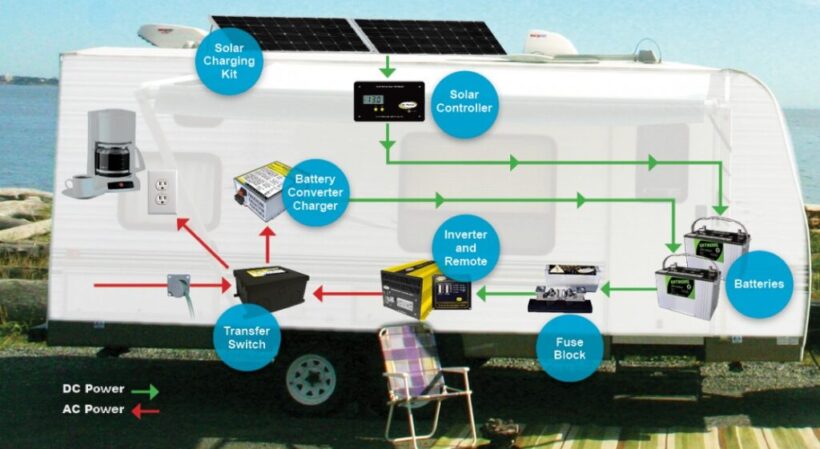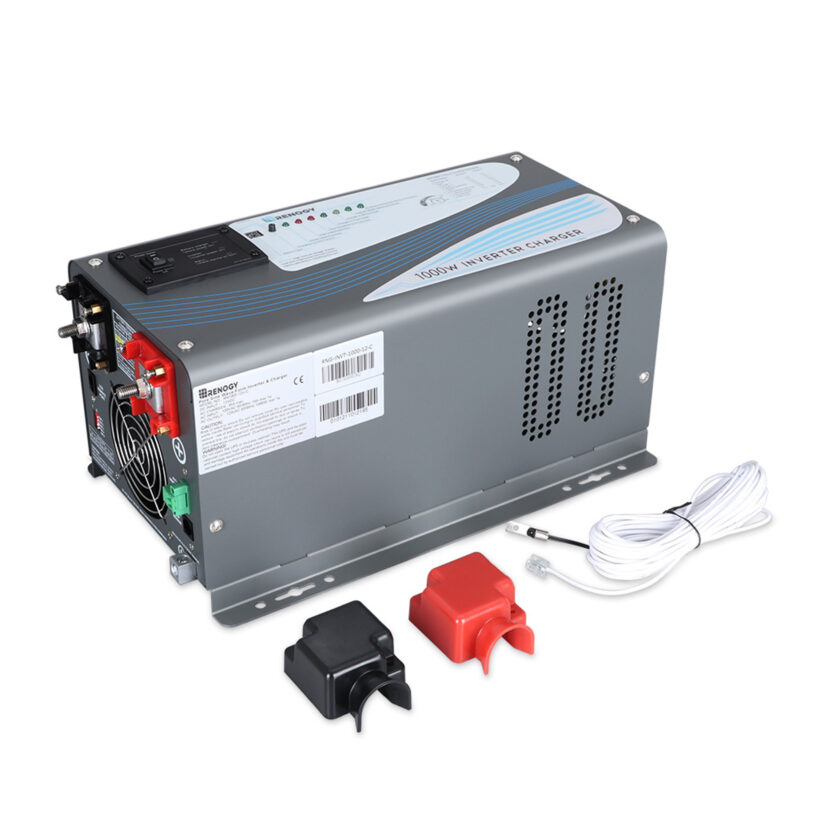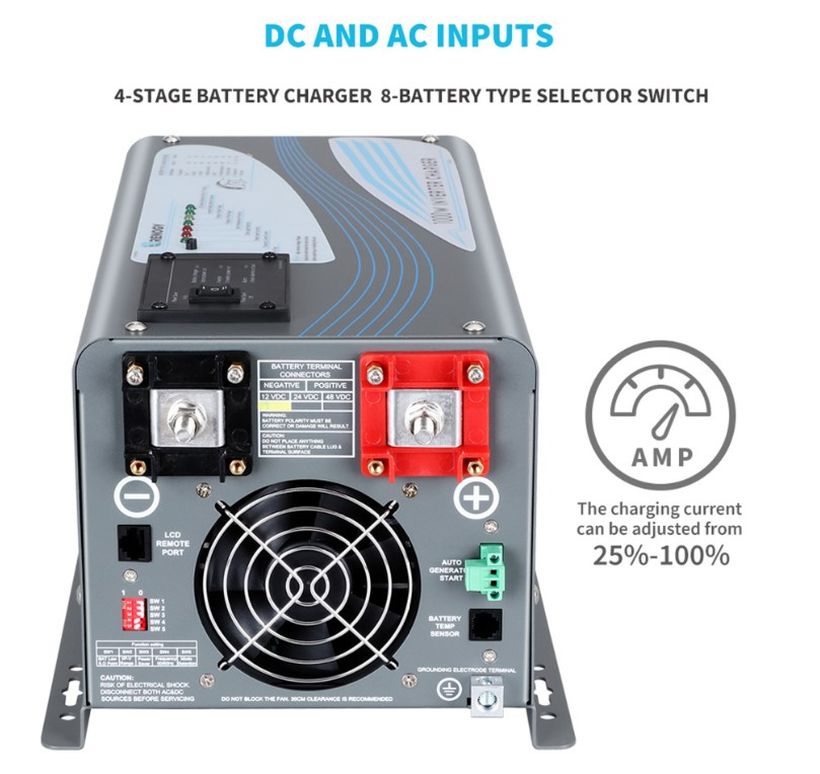Gadgets like inverter charges can be life-saving when you need to have a stable power source in, for example, your RV. It is because these gadgets can serve as inverters, battery charges, and also automatic transfer relays. Therefore, when you decide to install one you handle more than one issue connected to the power supplying.
Naturally, you need to explore this product a bit more in order to decide what type you actually need. As is the case with almost everything, tons are available on the market, but if you want to narrow down the list and decide quickly, all you need to do is think about how many appliances will be supplied, and for how long. In other words, ask yourself what will you be using it for. Once these questions give you a clear picture of its purpose, it would be best to visit renogy.com and choose a suitable one.
After you’ve actually purchased one, you want to know how to mount them so they can do their job. In order to mount them properly, first think of a place they will be standing on.
Consider the following points before choosing where to place the device:
- You want to place it away from flammable materials.
- You want to mount it on a solid surface.
- You also want to be placed at eye level to have a correct view when reading what is written on the display.
- The device will be cooling itself, but in order to be able to do this, the minimum recommended distance from side obstacles is about 10 cm and about 50 cm below and above the device.
- For optimal operation, the operating temperature of the environment should range from 0°C to 55°C.
- The recommended installation position is a vertical wall, with the cables connected from below.
Once you consider all the above mentioned and finally decide on the place, instructions on how to install it are written in the papers you got when you bought the product and you think – how hard can it get? It may look simple, but in reality, it’s not something you should take for granted. After all, we’re talking about electricity, and you want to minimize the risk of making a mistake since they tend to cost a lot more than the product itself.
So, we have decided to write this article and state all mistakes you want to avoid when using an inverter charger.
1. Avoiding engaging a professional in the process
Just as we’ve mentioned earlier in the article these devices come with clear instructions on proper installation, and most will understand the whole process. This doesn’t mean things can’t go wrong, especially if you’re handling power for the first time. We also mentioned earlier how you should always be aware this is electricity you’re dealing with. There should be no mistakes involved.
Moreover, handling the such task yourself can only result in the whole process taking more time than it should. While as for professionals, it’s a routine job. They are also perfectly aware of everything that can go wrong, therefore can minimize the risk of things going wrong, as they know everything about currents, wires, necessary tools, and other stuff. So, our advice would be not to go for money-saving options, but rather to make sure everything is done according to the standards.
2. Not installing the device in a place where it can be ventilated
Whatever inverter you need to install is of great importance that it can be properly ventilated. Such devices do a lot of hard work around the clock supplying our appliances with power, or in this case charging so they can be supplied, and tend to warm up real fast.
The more you use them, the more they will warm. They do have their own coolers installed to get rid of heat once it starts going up, but it will help a lot if you place it somewhere easily ventilated. By this, we mean a place with enough air circulation to help the cooling process and avoid it getting too hot at some point.
3. Failing to charge it regularly
A lot of people develop a habit of waiting for the last moment to start charging, not being aware that such behavior only reduces the life span of the device. To avoid this you should adopt another habit, and that is to regularly monitor the state of the device and its battery level. This is not such a difficult task, as all of these have screens where this is displayed.
4. Keep an eye on how you connect batteries (accumulators)
For safe operation and compliance with regulations, it is recommended to install a direct current fuse of appropriate power or a switch between the batteries and the inverter. In some cases, it is not required to install a fuse, but it is always recommended to install a direct current fuse of the appropriate power. To be able to do this correctly you need to know the specific amperage, as well as the required fuse or breaker size.
5. Overloading
In the introduction part, we have mentioned how it is important to think of how much you will be using the device and buy accordingly. This is to avoid it being overloaded. While they do have systems to protect them from overloading, by shutting their power, it is best not to risk, and consider this every time you’re going to use it.
We also said that what these devices do involves a lot of working around the clock, and the risk of overloading only rises. A piece of good advice here would be to choose the one with even more capacity that will exceed the needs of the appliances you use.
This article has covered more or less all common mistakes you want to avoid when using inverter charges. Hopefully, they will direct you on how to safely use it and avoid any possible damage.



